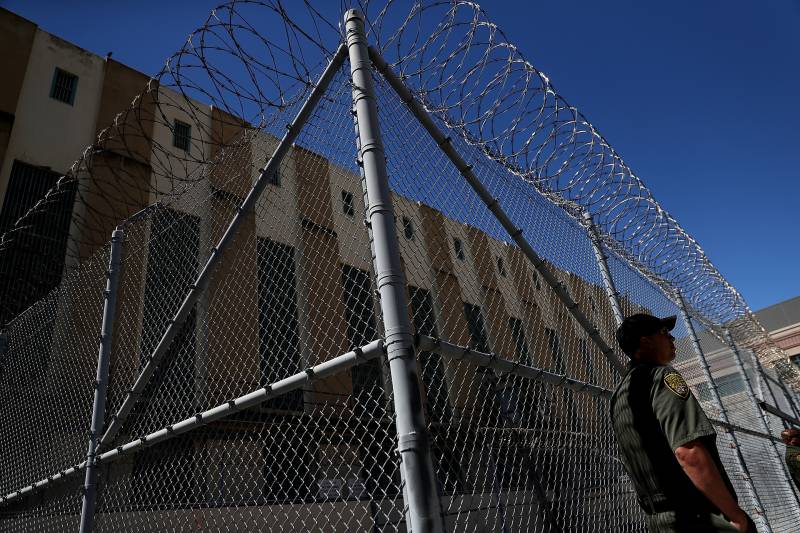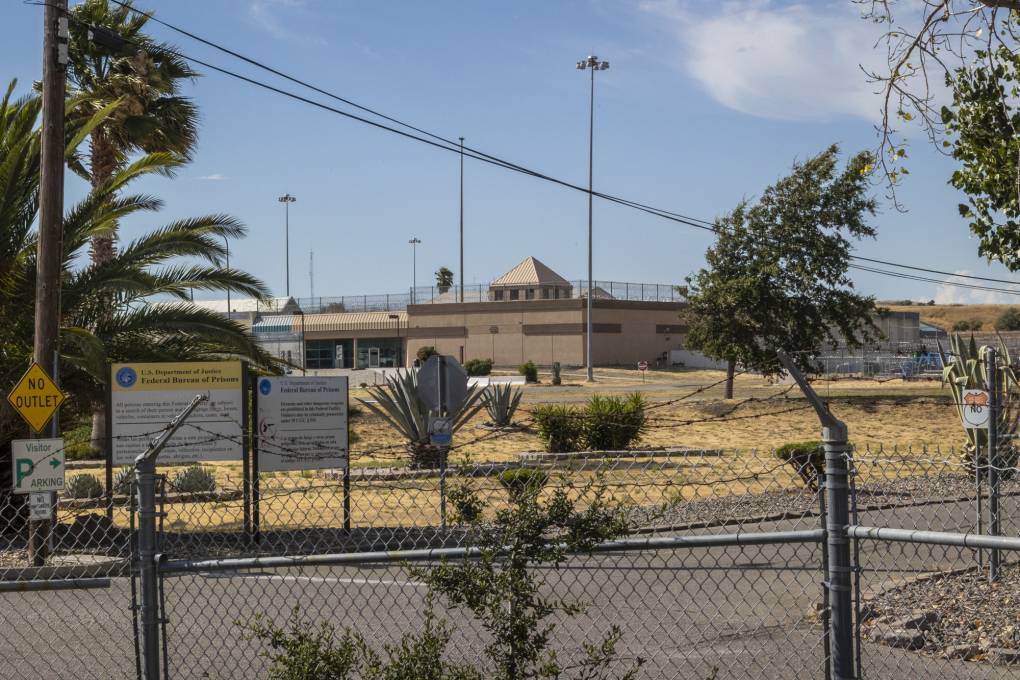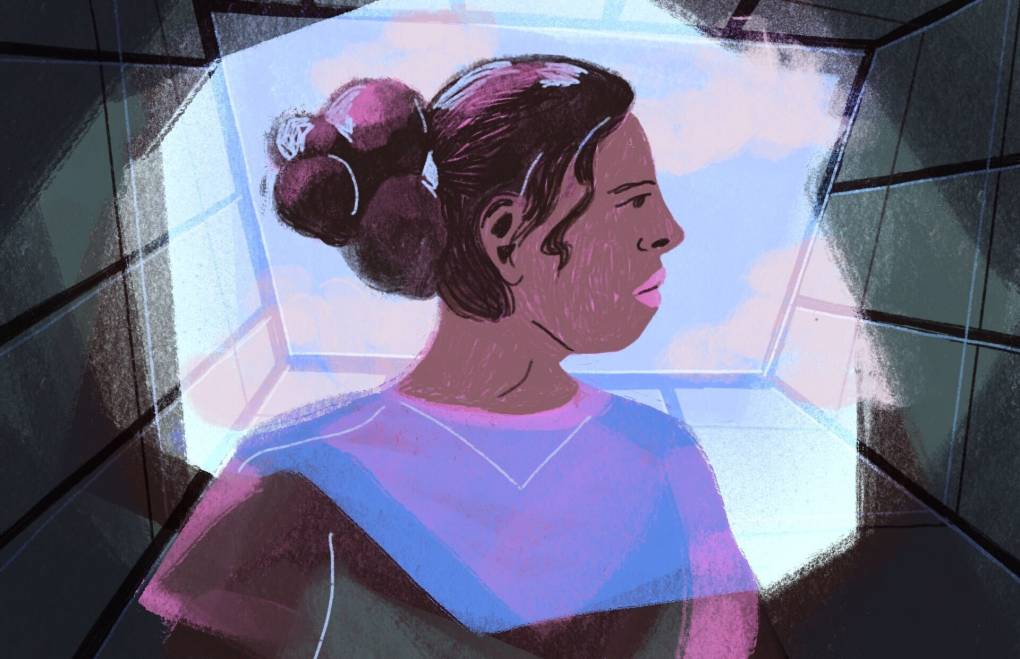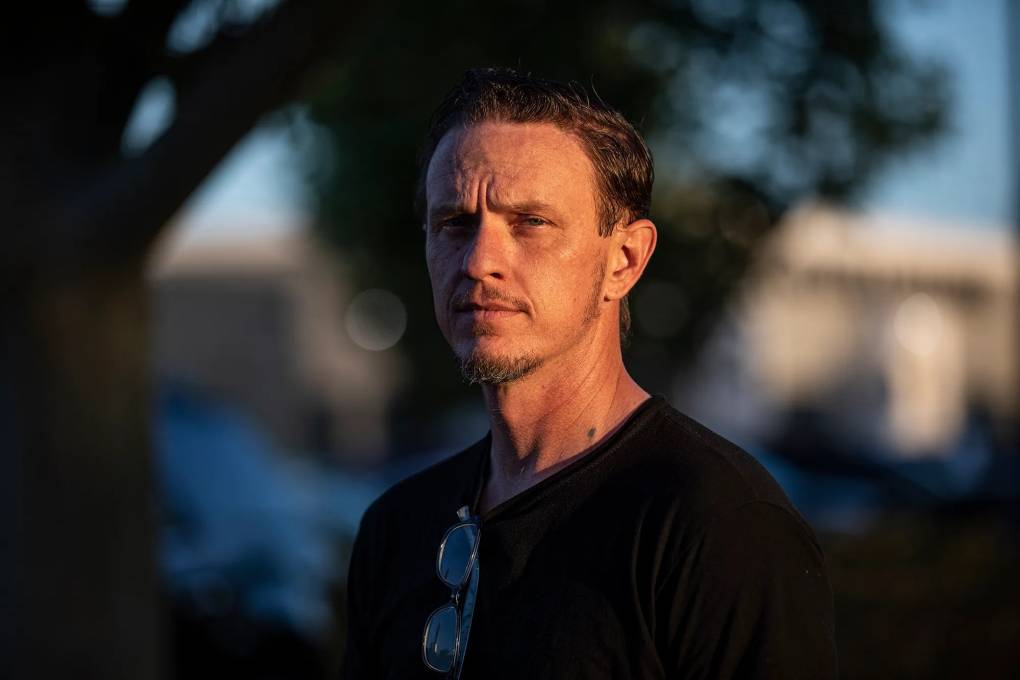Updated Tuesday, July 7, 12:00 p.m.
Dozens of state lawmakers called on Gov. Gavin Newsom Monday to stop California prison officials from transferring people to federal immigration detention during the coronavirus pandemic.
In a letter signed by 44 members of the state Senate and Assembly — as well as 18 local elected officials, including Mayor Libby Schaaf of Oakland and Mayor Michael Tubbs of Stockton — the political leaders said ending the transfers is urgently needed to help reduce the spread of COVID-19 between detention systems in California.
“When the health of Californians in custody is at risk, that puts the health of all Californians at risk,” said Assemblyman Rob Bonta, an Oakland Democrat leading the effort. “Once a Californian has paid their debt to society … they’ve earned their release from state prison or a jail, they should be released back to their community, back to their family, and not be funneled into Trump’s deportation machine … where they can be sent to circumstances where their health and life are put at risk.”



